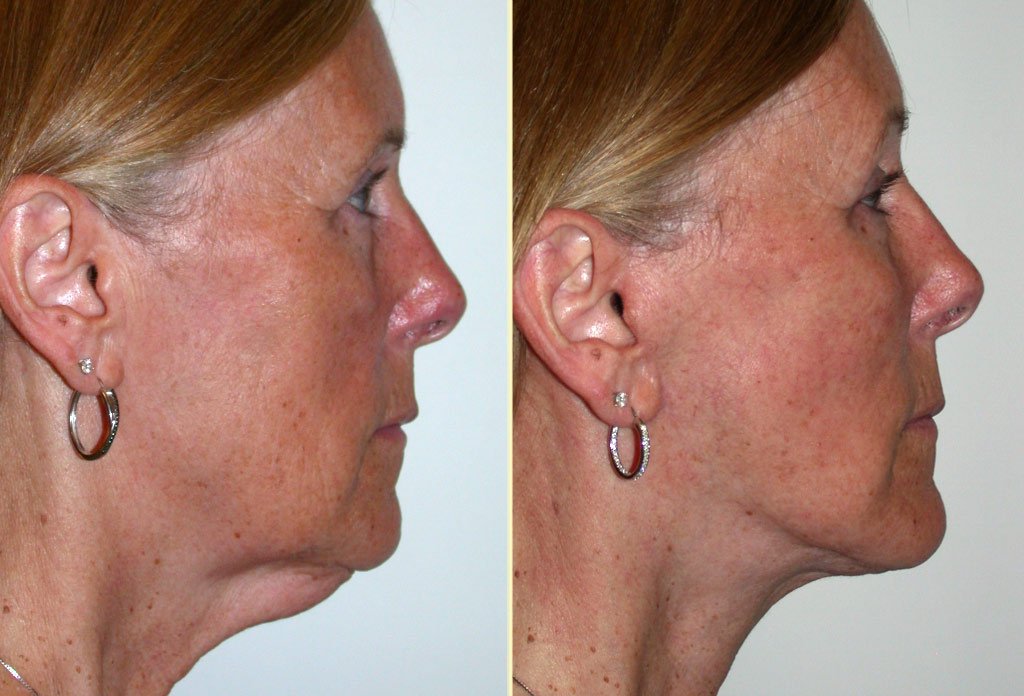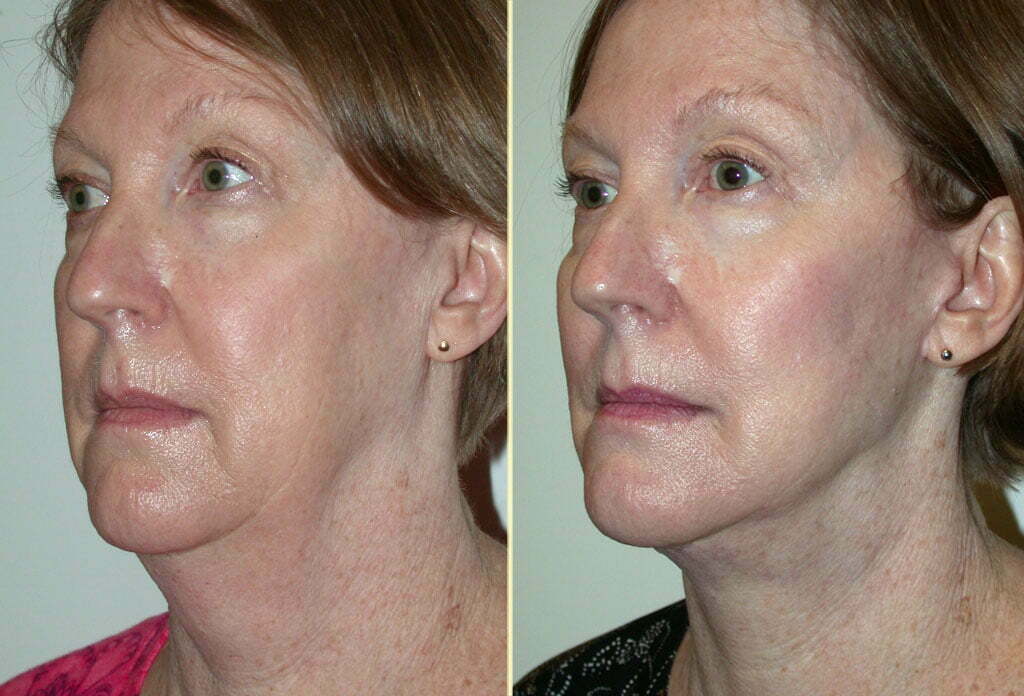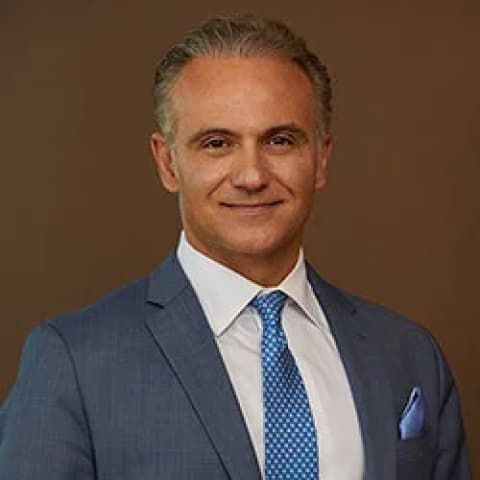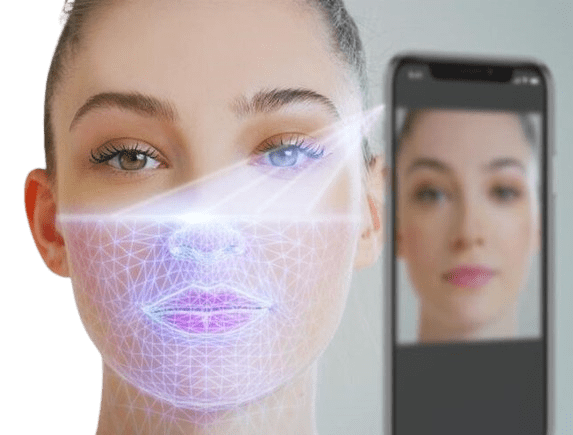
Facelift incisions trace around your ears, but will they actually change how your ears look? Dr. Kiya Movassaghi, a nationally-recognized facelift surgeon, has a clear answer: absolutely not. When performed correctly, your ears should look exactly the same after surgery, just beautifully framed by tighter, more youthful-looking skin.
In this post, Dr. Movassaghi explains exactly how proper facelift techniques preserve your natural ear appearance while delivering exceptional facial rejuvenation results.
Understanding facelift incision placement
The key to maintaining a natural ear appearance lies in precise incision placement. Depending on the level of facelift in Dr. Movassaghi’s 3-Level Facelift system, he places incisions in very specific locations around the ear:
- Within the hairline: Along the hair margin to remain completely hidden
- Above the ear: Strategically positioned above the ear to prevent pulling
- Around the earlobe: Extending down around the lobe, carefully positioned to preserve the natural shape and attachment
- Behind the ear: Ending in or below the hairline behind the ear, hidden in the natural crease where the ear meets the scalp
Dr. Movassaghi selects these locations specifically because they work with the ear’s natural structure. When healed properly, they become virtually undetectable, even to hairdressers and aestheticians who work closely around the ears.

What ear changes might occur with a facelift (and what won’t)
Here’s what patients can realistically expect regarding their ear appearance after facelift surgery:
What typically stays the same after a facelift:
- Ear shape and size: Ears maintain their natural proportions
- Earlobe attachment: The way earlobes connect to the face remains unchanged
- Ear position: Ears stay in their original location relative to the face
- Natural ear contours: All the curves and folds that make the ears unique are preserved
What might temporarily change after a facelift:
- Initial swelling: Some puffiness around the ears is normal for 2-3 weeks
- Sensation: Temporary numbness or tingling that resolves within a few months
- Scar visibility: Fresh incisions that fade significantly over 6-12 months
What improves:
- Skin tightness: Loose skin around the ears becomes firmer
- Overall harmony: Better facial proportions can actually make ears appear more balanced
“Thank you for the ten years you have given back to me. I can now act as young as I feel and not look as silly as I would have otherwise. My reflection was one of an old lady that I was not yet ready for. I enlisted my stalwart husband and faithful friend to interview several of Eugene’s plastic surgeons. When we met with you we knew we had found the best. My friends who don’t know about the facelift compliment me on my new hairdo and how much younger it makes me look.”
The “pixie ear” problem
“Pixie ear” occurs when the earlobe appears to be pulled downward or distorted following a facelift. This complication, considered to be one of the telltale signs of facelift surgery, occurs when too much tension is placed on the earlobe or when incisions are placed incorrectly.
At his Eugene plastic surgery center, Dr. Movassaghi prevents the pixie ear deformity through several advanced techniques:
- Conservative tissue removal: Removing only the necessary amount of skin to avoid over-tightening
- Strategic suturing: Careful layered closure that doesn’t put stress on the earlobe
- Anatomical respect: Working with natural ear anatomy rather than against it
During the consultation, Dr. Movassaghi examines ear anatomy specifically and explains how he will preserve your ear’s natural appearance during your specific facelift procedure.
Dr. Kiya Movassaghi is a board-certified plastic surgeon with 20+ years of experience. He is nationally respected and has served as President of The Aesthetic Society. With his extensive surgical expertise and an exceptional aesthetic eye, he helps patients achieve stunning, natural-looking results.
Why surgical expertise matters for ear preservation
Facelift methods can vary dramatically in their ability to maintain authentic ear characteristics. Dr. Movassaghi’s unique approach focuses on:
Deep tissue work: Dr. Movassaghi’s advanced approach targets the deeper support structures of your face, allowing him to create beautiful lifting without stretching or stressing the delicate area around the ears.
Individual anatomy: Facelifts are not one-size-fits-all; every patient’s ear anatomy is different. Dr. Movassaghi customizes his technique based on specific ear shape, attachment, and skin quality.
Conservative approach: It is far better to achieve natural results that age gracefully than to over-correct and create an unnatural appearance.
Experience matters: After over 20 years of performing facelift procedures, Dr. Movassaghi has developed and taught facelift techniques that consistently preserve the natural ear appearance while achieving excellent overall results.

What to look for in a facelift surgeon
When choosing a facelift surgeon, here are some key factors to consider about ear appearance:
- Do they show before-and-after photos that include clear views of the ears?
- Can they explain their specific techniques for avoiding the pixie ear deformity?
- Do they discuss scar placement in detail during consultation?
- Are they board-certified and experienced in facial plastic surgery?
As a Past-President of The Aesthetic Society, a Fellow of the American College of Surgeons and former President of the Northwest Society of Plastic Surgeons, Dr. Movassaghi believes in thorough patient education. Patients should feel completely confident about all aspects of their surgery, including what will happen to their ears.
“My mom used Dr. Movassaghi for a face lift, eyelid lift, and brow lift last year and she looks AMAZING at 60 years old. She absolutely loves her results and loves this office and everyone in it.”
Dr. Movassaghi welcomes patients from Eugene and surrounding areas, as well as those traveling from out of town for his expertise. Schedule your personal consultation to discuss your goals and discover how his 3-Level Facelift system can deliver natural-looking results that honor your individual anatomy.

